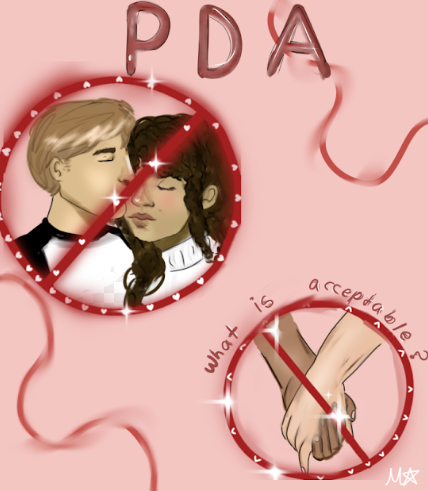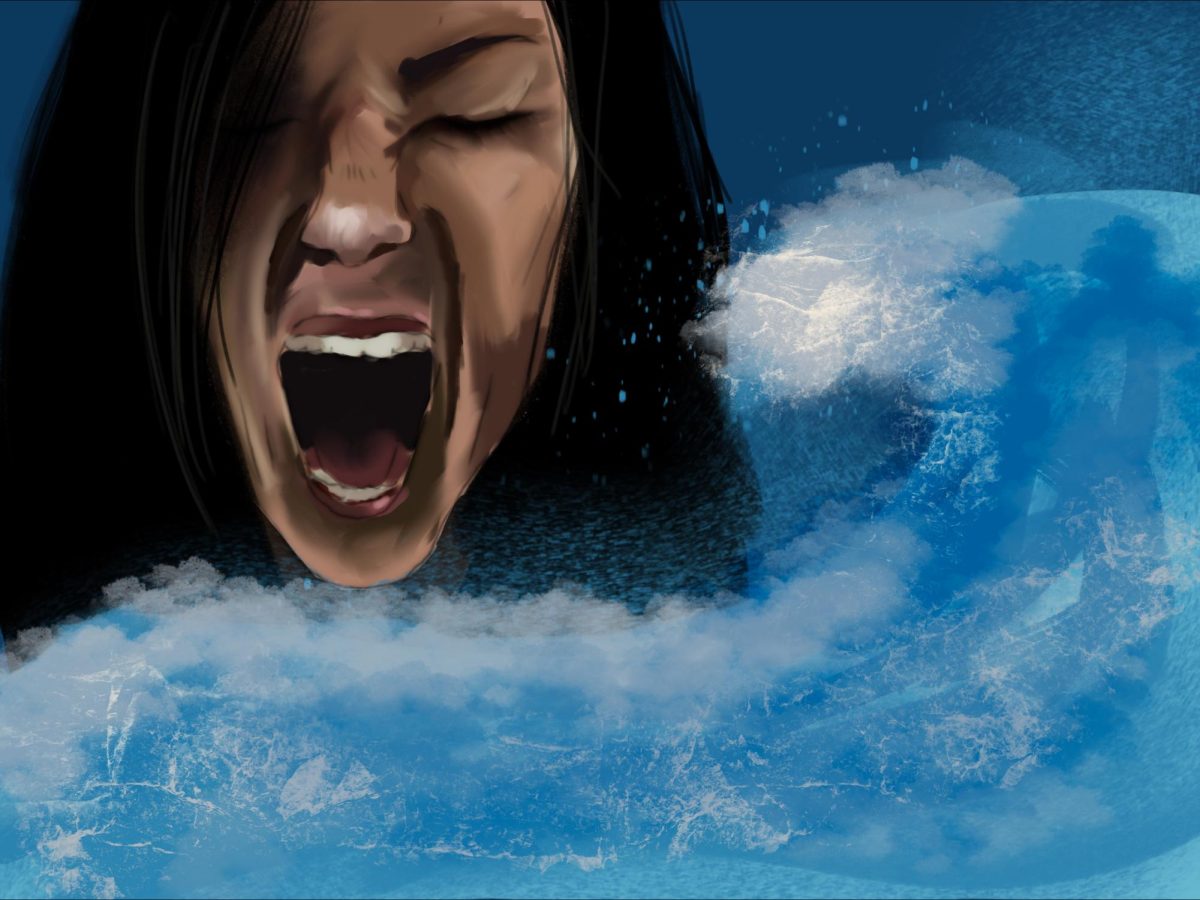Ho Ho Ho: The Evolution of Santa Claus
Once every year, he makes a list. He checks it twice to see who has been naughty or nice. He is the fat man in the red suit, black belt, with hair and a beard as white as snow. You leave a plate of cookies and carrots right by the Christmas tree for him and his reindeer. Mr. Santa Claus is one of the most beloved characters in all of the world and is cherished by millions of children. Mr. Claus makes an unknown appearance every Christmas Eve and delivers gifts to children while they are sound asleep. “I love Santa because he brings joy to little kids. He gives them hope for a great new year and makes them love Christmas. His stories excite them and make them get in the Christmas spirit,” said freshman Jillian Weston.
Santa Claus is essentially known for his wardrobe – a red suit and black belt and boots – and the fact that he delivers presents to children’s homes. But how? But why? Very few people know about Santa Claus’ origins. Freshman Penelope Yaker said, “I am a huge believer in Santa Claus; however, I don’t really know much about his background.” Weston said, “I know Santa lives in the North Pole, has little elves who make his toys, and has a wife named Mrs. Claus.”
Santa Claus can be traced all the way back to the Roman Empire, where he was originally known as Saint Nicholas of Myra. St. Nicholas used the inheritance left to him by his parents to help poor people. According to an article from the History channel website, titled “Santa Claus: Real Origins & Legends,” it said, “One of the best-known St. Nicholas stories is the time he saved three poor sisters from being sold into slavery or prostitution by their father by providing them with a dowry so they could be married.” Acknowledgement of all St. Nicholas’ good deeds would later result in him becoming the Bishop of Myra. St. Nicholas’ popularity and reputation increasingly spread throughout Europe, especially during the Renaissance. He was known as “the protector of children and sailors,” according to the History website. He died on a December 6, 343 A.D., the same day his feast day is celebrated.
In the 16th century, St. Nicholas had become unpopular. So, for a short while, St. Nicholas had become “Father Christmas.” England would be responsible for this modification. But it would not be long before another version fell into this timeline : Kris Kringle. Kris Kringle stems back to the German word “Christkind.” The idea of Kris Kringle came about after a Greek Professor, Martin Luther, wanted to “discourage the figure of St. Nicholas,” as stated in the article, “Santa Claus History: How St. Nicholas and Kris Kringle Became Santa” published by the Learning LiftOff website. This is because he was against praying to another saint. Luther brought about the idea of Christkind, who would bring presents to all good children on Christmas Eve.
By the end of the 18th century, the reputation of Saint Nicholas traveled to New York, where the name would evolve to Sinterklaas, the shortened form of Saint Nicholas in Dutch. From there, his stories were spread even more vastly. Children and even adults had become even more influenced by Sinterklaas. Stories such as St. Nicholas filling stockings with fruits and toys are ones that have stayed as Santa Claus continued to evolve.
The final and latest modification of St. Nicholas, Santa Claus, comes from Sinterklaas. Santa Claus today is known for having elves, living in the North Pole, and being married to Mrs. Claus. He is the Santa Claus children dream about today on Christmas Eve before receiving their gifts the next morning.
Santa Claus holds a very special place in many people’s childhood. “I think everything needs a symbol, something to represent it. And with Christmas, it’s the tree, the lights, and Santa. He brings the extra magic to Christmas,” said senior Noelle DeMasi. Today, some of the ancient terms used to represent Santa are still used; from Saint Nicholas to Sinterklaas, they all contributed to the development of the Santa many people know today, the fat man in the red suit, black belt, with hair and a beard as white as snow.

Hi! My name is Miranda N. Mangru. I am a member of the Class of 2025 and fulfill the role of Online Editor-in-Chief '23-'24 and '24-'25. I am delighted...
















![Key Club members pose for a photo with Club Advisor Dr. Tieniber [far right] at Stonebridge Country Club. Photo Courtesy of @lhstieiber Instagram page.](https://lhshorizon.com/wp-content/uploads/2024/10/tempFileForShare_20241014-162748.jpg)















![Key Club members pose for a photo with Club Advisor Dr. Tieniber [far right] at Stonebridge Country Club. Photo Courtesy of @lhstieiber Instagram page.](https://lhshorizon.com/wp-content/uploads/2024/10/tempFileForShare_20241014-162748-600x448.jpg)








